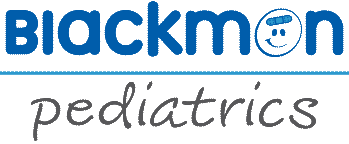What is anemia and how can I tell if my child is anemic?
Anemia is a condition that occurs when there are not enough red blood cells or hemoglobin to carry oxygen to the other cells in the body. The body's cells need oxygen to survive. Your child may become anemic for any of the following reasons:
- Her body does not produce enough red blood cells.
- Her body destroys or loses (through bleeding) too many red blood cells.
- There is not enough hemoglobin in her red blood cells. Hemoglobin is a special pigment that makes it possible for the red blood cells to carry oxygen to all the cells of the body, and to carry waste material (carbon dioxide) away.
Signs and Symptoms of Anemia
Anemia causes the following signs and symptoms:
- Pale, gray, or "ashy" skin (also, the lining of the eyelids and the nail beds may look less pink than normal)
- Irritability
- Mild weakness
- Tiring easily
Children with severe anemia may have the following additional signs and symptoms:
- Shortness of breath
- Rapid heart rate
- Swollen hands and feet
Also, a newborn with hemolytic anemia may become jaundiced (turn yellow), although many newborns are mildly jaundiced and do not become anemic.
Children who lack iron in their diets may also eat strange things such as ice, dirt, clay, and cornstarch. This behavior is called "pica." It is not harmful unless your child eats something toxic, such as lead paint chips. Usually the pica stops after the anemia is treated and as the child grows older.
If your child shows any of these symptoms or signs, see your pediatrician. A simple blood count can diagnose anemia in most cases.
Preventing Anemia
Iron-deficiency anemia and other nutritional anemias can be prevented easily. Make sure your child is eating a well-balanced diet by following these suggestions:
- Do not give your baby cow's milk until he is over 12 months old.
- If your child is breast-fed, give him foods with added iron, such as cereal, when you begin feeding him solid foods. Before then, he will get enough iron from the breast milk. However, feeding him solid foods with too little iron will decrease the amount of iron he gets from the milk.
- If you formula-feed your baby, give him formula with added iron.
- Make sure your older child eats a well-balanced diet with foods that contain iron. Many grains and cereals have added iron (check labels to be sure). Other good sources of iron include egg yolks, red meat, potatoes, tomatoes, molasses, and raisins. Also, to increase the iron in your family's diet, use the fruit pulp in juices, and cook potatoes with the skins on.
With proper treatment, your child's anemia should improve quickly. Be sure to contact your pediatrician if you think your child might be anemic.
Source Anemia and Your Young Child (Copyright © 1997 American Academy of Pediatrics)

